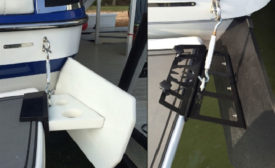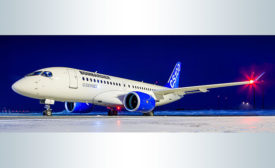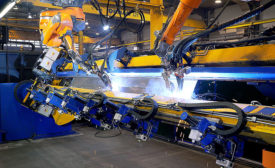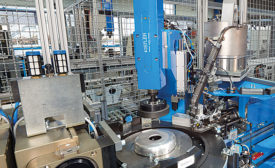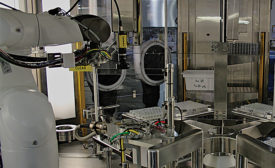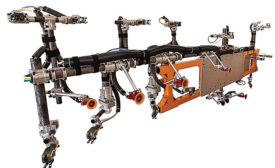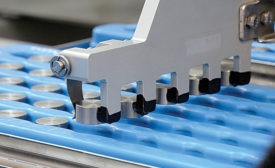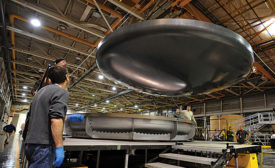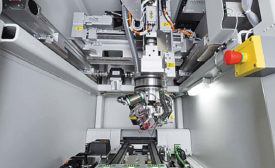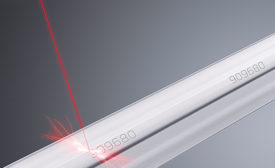Articles by Jim Camillo
What’s New With Servo Presses
Needing more precision, energy efficiency and traceability data from their assembly presses, manufacturers are increasingly turning to servo-driven models.
September 8, 2016
Lasers for Marking Parts
When the application calls for a high volume of parts to be permanently marked, a laser-based system is the best choice.
August 4, 2016
Never miss the latest news and trends driving the manufacturing industry
Stay in the know on the latest assembly trends.
JOIN TODAY!Copyright ©2024. All Rights Reserved BNP Media.
Design, CMS, Hosting & Web Development :: ePublishing
